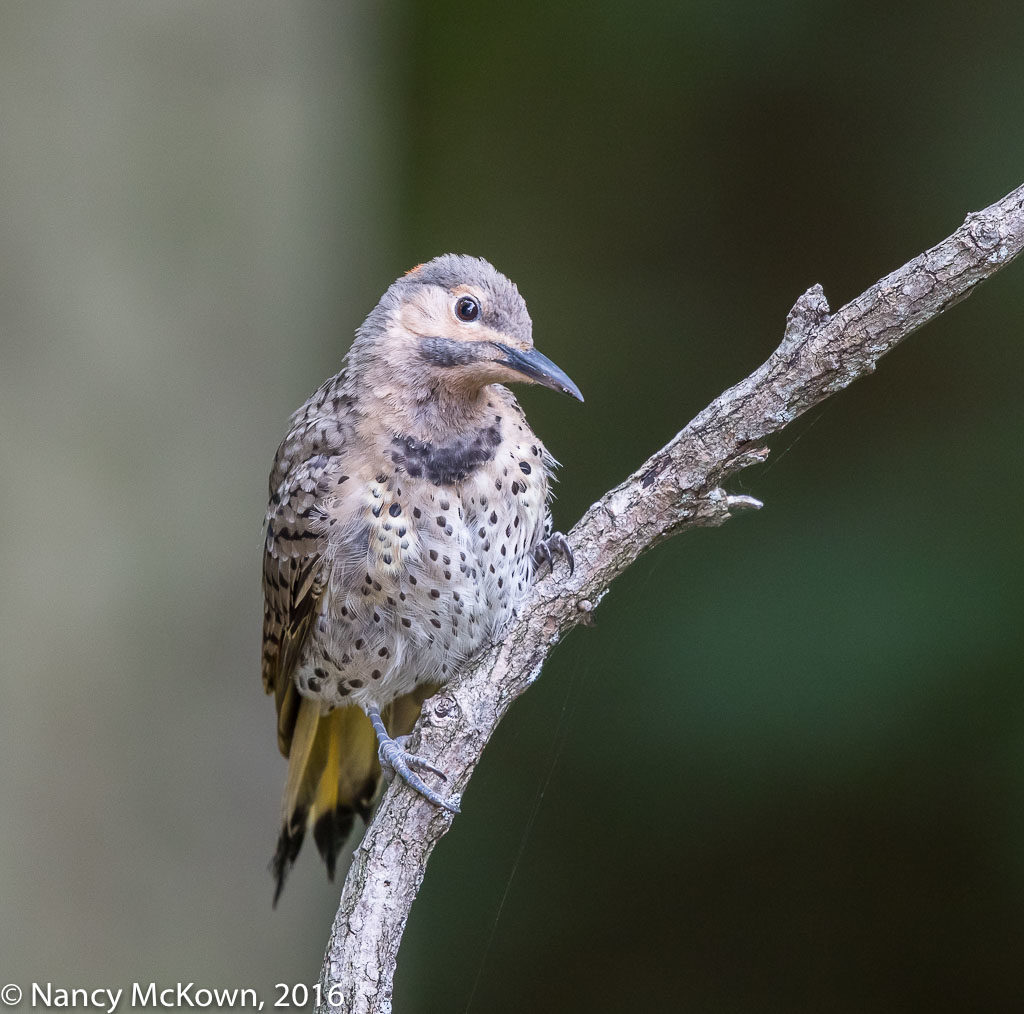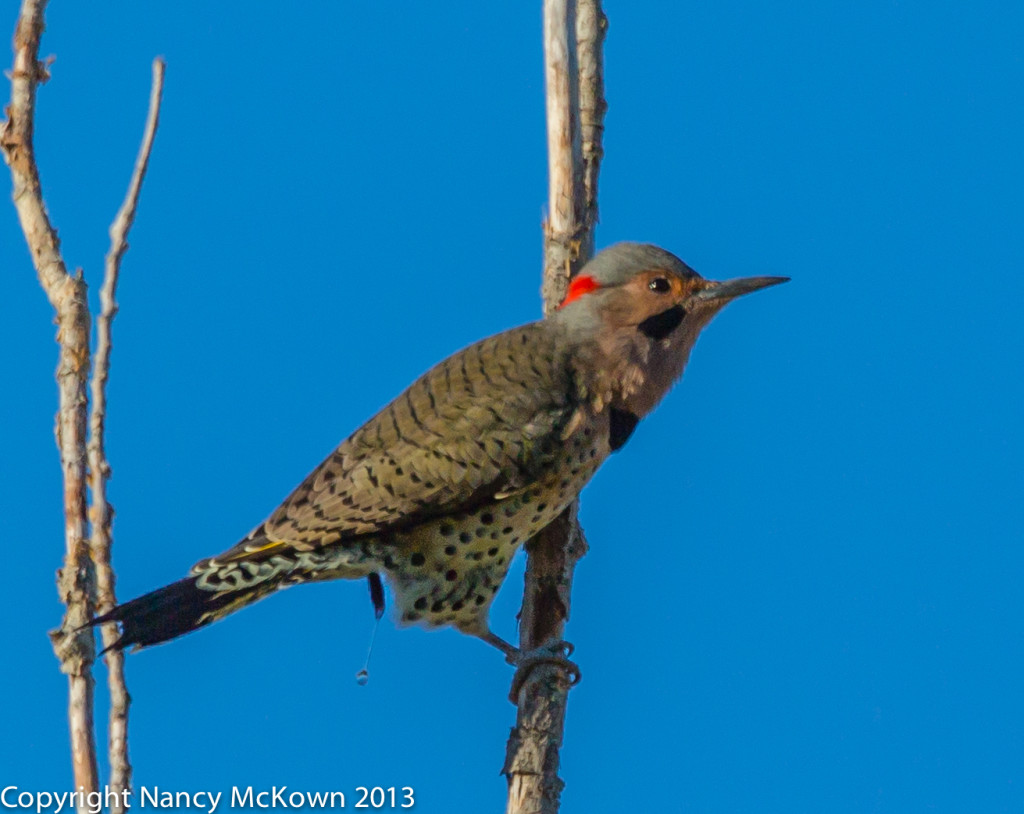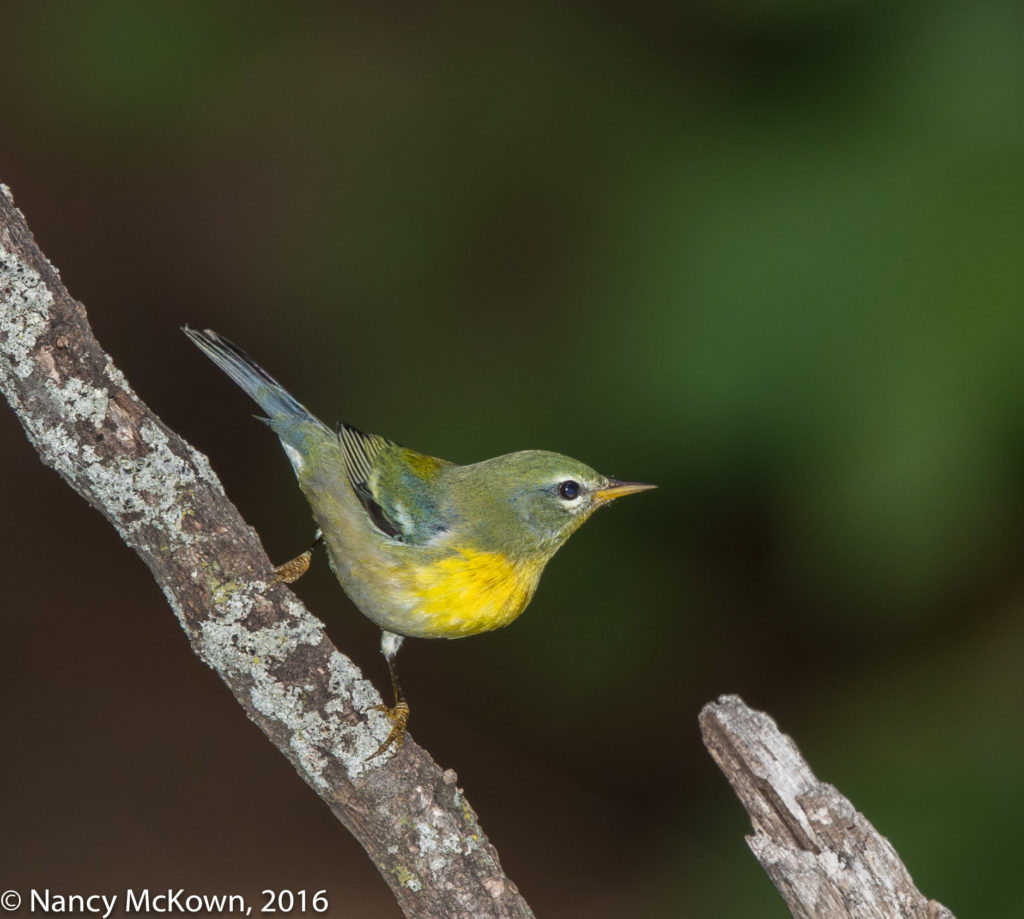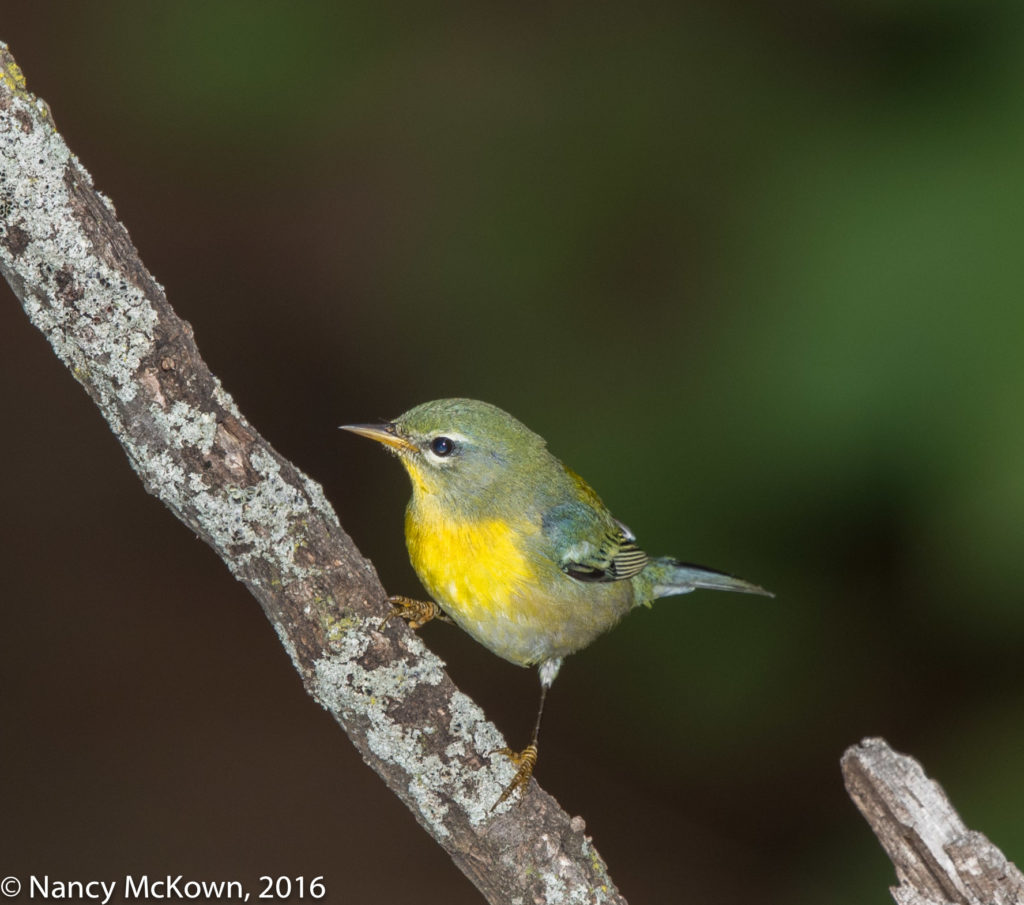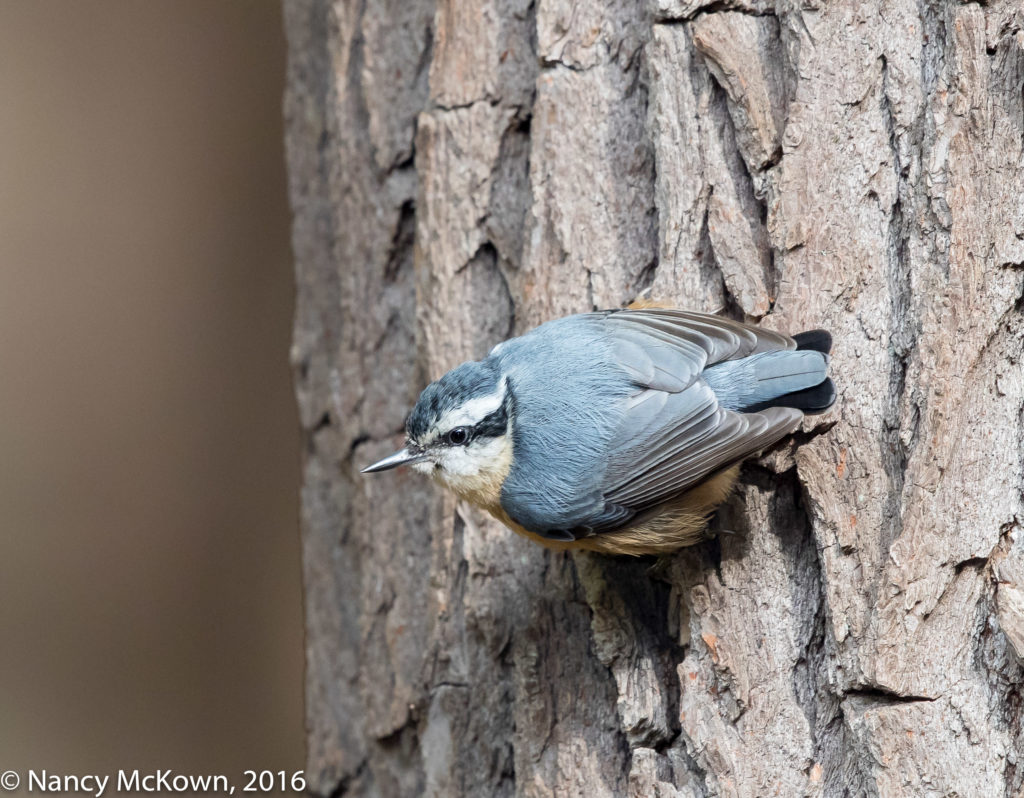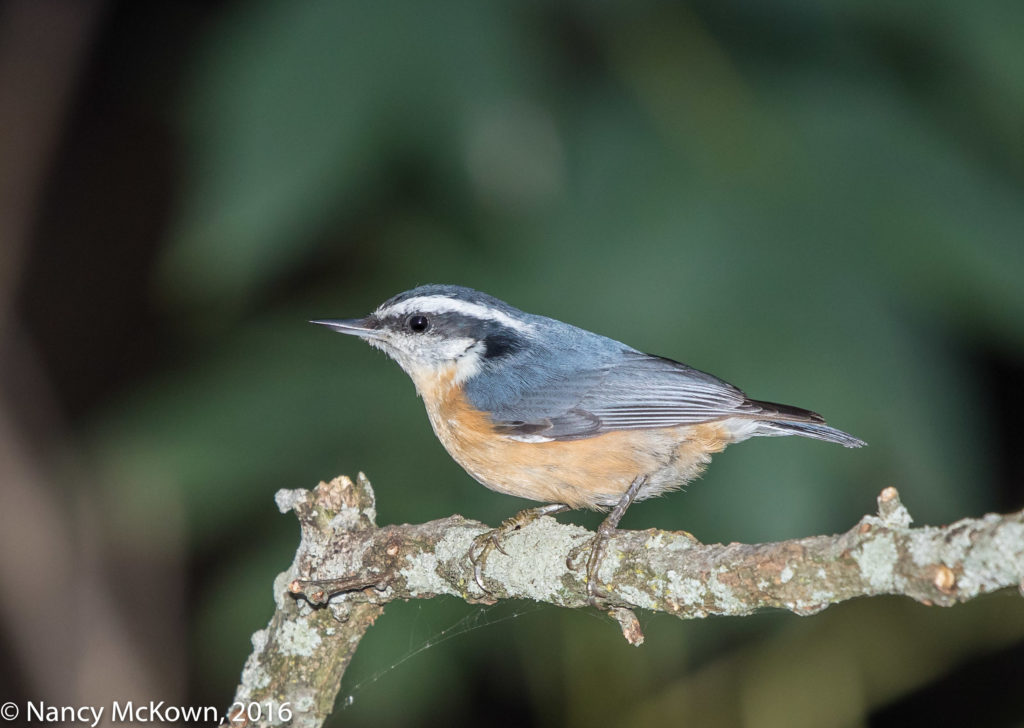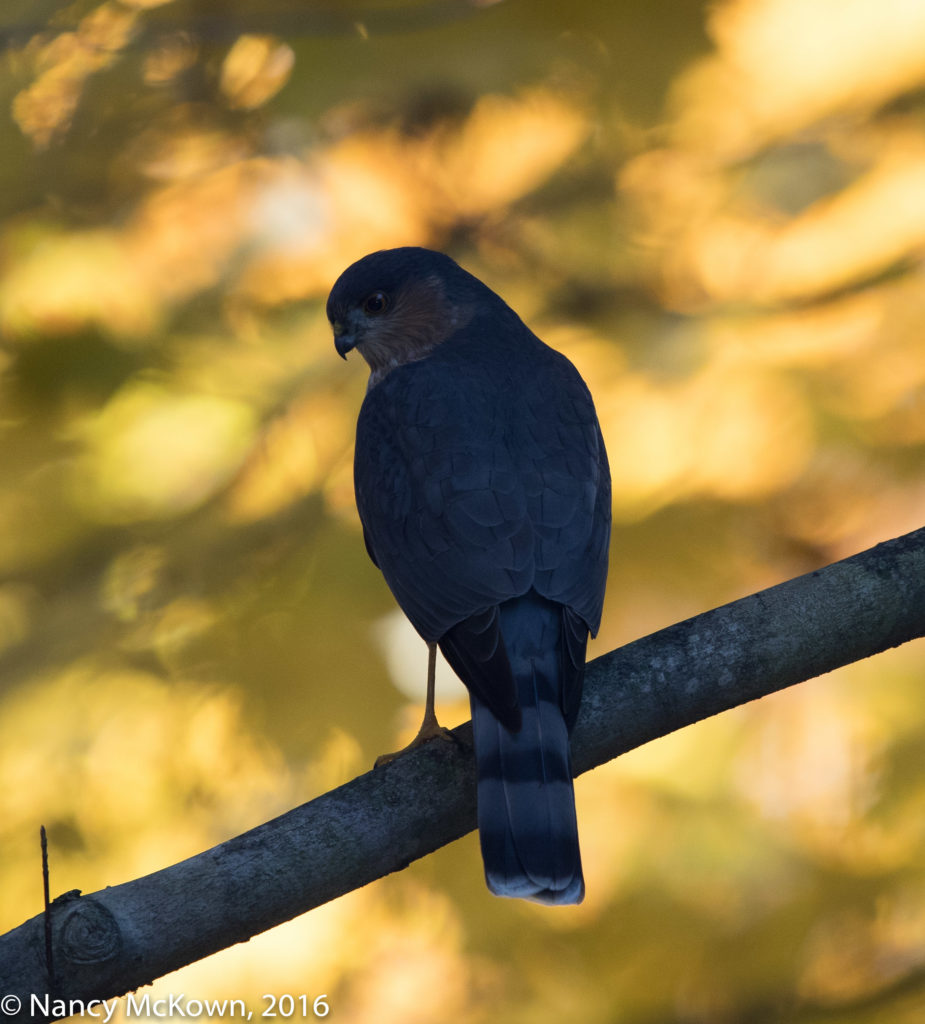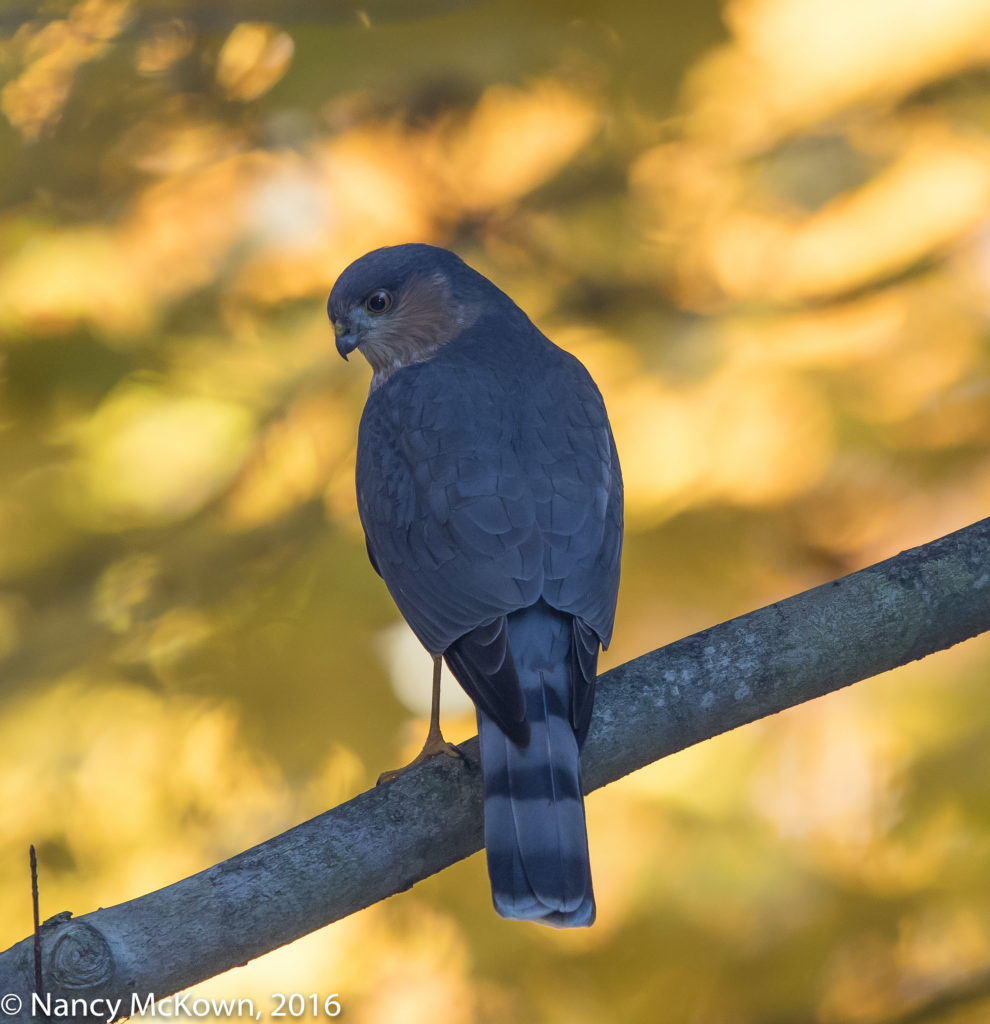Photographing An Eastern Screech Owl
My camera, 500mm lens and tripod are now facing a vacant wooded backlot. An Eastern Screech Owl moved in to our owl house around Christmas, 2016. We erected this house almost 3 years ago, so a resident has been a long time coming. Up until now, we had only squirrels and a mob of European Starlings (Yikes!) look it over.
Front Row Seat
The owl house is positioned approximately 15 ft high on an Oak tree in front of and at eye level with a bedroom window. There’s plenty of room to move the tripod around for both close-up shots, full body flight shots and everything in between. The window at which the camera waits is approximately 20 feet from the opening of the owl house.
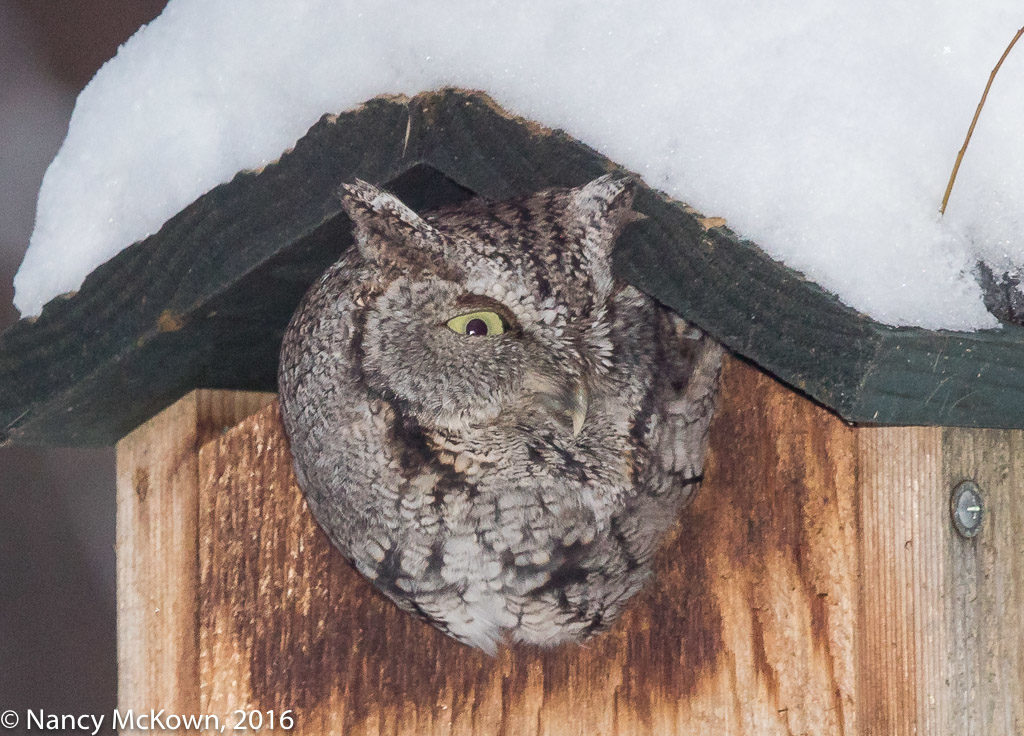
Poking Out His Head to Check on The Disturbance.
ISO400; f/9; 1/250 second
Pretty Exciting, Right?
I’ve been dreaming of photographing these majestic creatures for a long time. If I am to believe the looks in his large and striking eyes, he is weary and disinterested in my shenanigans and thinks that the camera and I are pretty boring.
Photographing Birds in Near Darkness
Eastern Screech Owls are little raptors, (6-10″ long; 4-9 ounces; wingspan 18-24″) short and stocky with an oversized head and no discernible neck. They do not screech as their namesake would imply, but instead sound more like the somewhat spooky whinny of a horse. Eastern Screech Owls are for the most part nocturnal and highly camouflaged, and therein lies my problem.
A lens can not focus in darkness. If it’s too dark, it won’t even go thru the motion to hunt back and forth. There is nothing upon which its technical eye can fix – no contrast, no color, no edges, nothing. The fresnel attached flash will try to emit a light beam (auto focus assist beam) so the lens can do its calculations for autofocus to work- but that assist beam only travels so far…. most certainly not 20 feet. So far, moonlight and starlight have not been bright enough to be helpful.
Use Manual Focus?
I could turn off autofocus on the lens and work with manual focus. This would require that I pre-set focus on one target when there is light and then guess when to press the shutter when my eyes detect motion in the near darkness. This is a desperate measure for me. I’m not yet at a place where I will forego the benefits of autofocus. (NOTE: Perhaps I should read up on motion sensors that automatically detect movement and trigger the camera.)
A Light Fix for the Lens
A light that casts a versatile, wide, even illumination for night vision is needed; perhaps LED video lights, a rechargeable lantern (180 degree or 360 degree coverage), or just an adjustable flashlight. All these devices emit light that: a) Is easy to prop and point, not directly on the owl, but perhaps on the branches below; b) Too weak to register on the digital image and screw up light balance; and c) Strong enough to give the lens a fix on focus. Most importantly, the beam intensity on these lights can be set to low power making the light too weak to disrupt the owl’s nightly routine or impair his remarkable dark adaptation vision.
Unexpected Daylight Commotion
One cold, cloudy afternoon, I opened the bedroom window, turned on the heater and positioned myself with a shutter remote. I hoped that my new neighbor would abandon the cover of darkness and take an impromptu daytime flight. During this surveillance, I noticed a few of my less tolerant wildlife neighbors fearlessly patrolling the owl box and expressing their dissatisfaction with a nocturnal predator trespassing within their boundaries. (NOTE: At the risk of anthropomorphizing here, perhaps they object to the Owl’s presence because he regularly and methodically strikes terror in the dead of night.) The rather loud rattles, chirps and thumps on and near the owl house could not help but interfere with the owl’s beauty sleep -so once in a while he stuck his head out of the box to see what all the commotion was about.

a Red Squirrel atop His House.
ISO400; f/8; 1/250 Second
Photographing the Agitators
During these raucous times, I did manage to photograph the owl’s heavily feathered head while he sluggishly perched at the circular entrance of his box. I did use the tele flash for these shots, but for the most part, the ambient light dominated the scene. (NOTE: I assume that his feet are propped on the ledge of the entrance but it’s hard to tell what’s beneath that thick blanket of feathers.) I was also able to photograph a few of the owl’s protesters. (In one afternoon, I saw and photographed the following owl agitators: A black squirrel, a gray squirrel, a Tufted Titmouse, a Chickadee, and a White Breasted Nuthatch.)
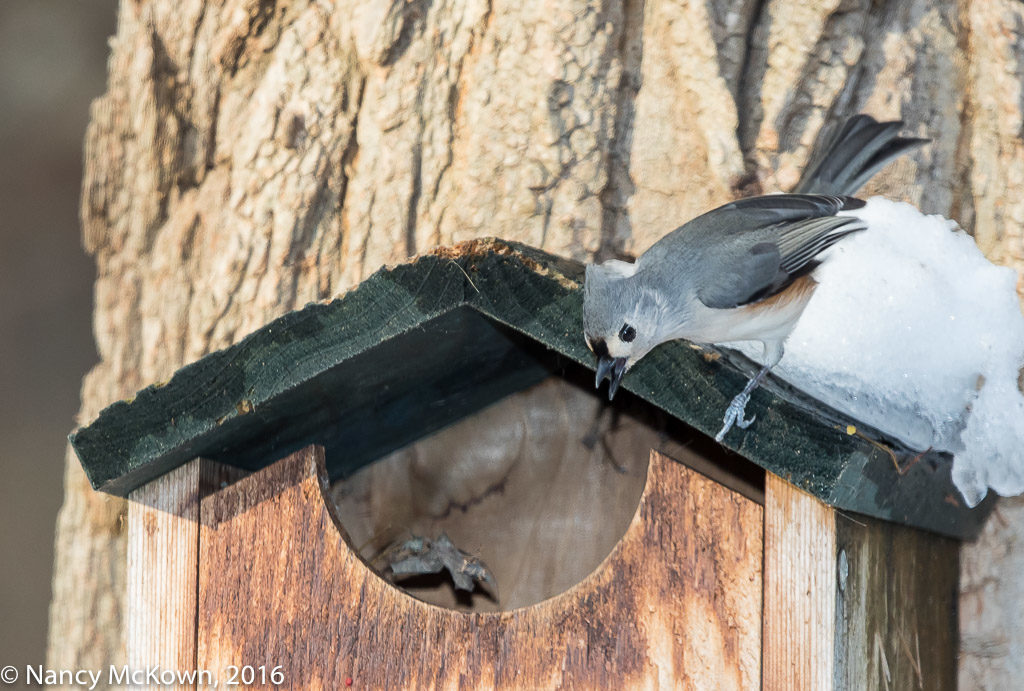
Complaining Tufted Titmouse.
(Titmice are usually timid and not aggressive.)
ISO400; f/8; 1/250 Second
I have not seen the owl for a few days but I am hoping he’ll be back. In the meantime, I’ll keep the camera rig in place and research less invasive methods for night time wildlife photography.
Wishing you all much joy in the coming New Year.
